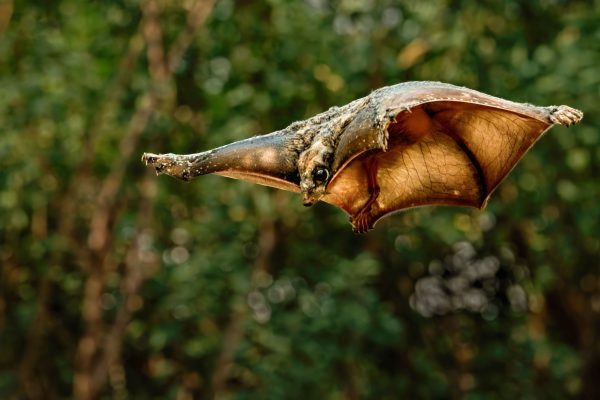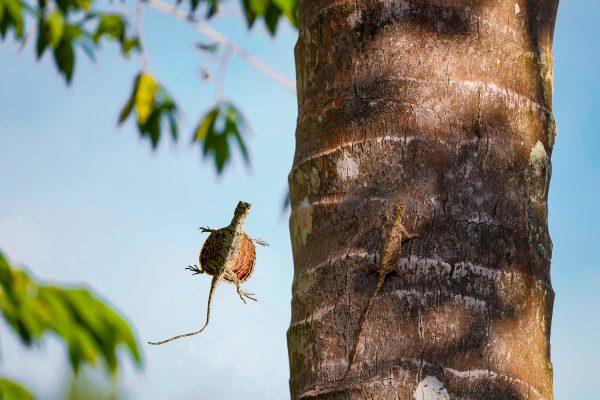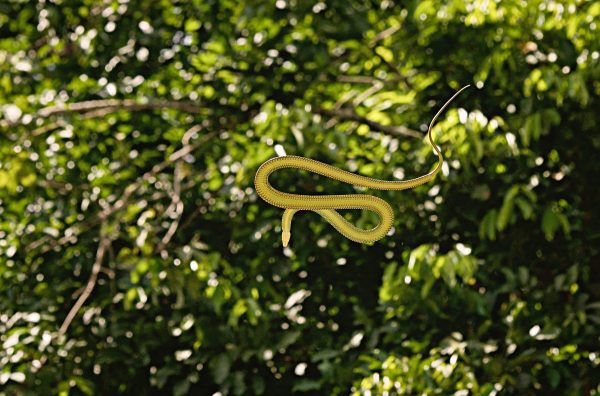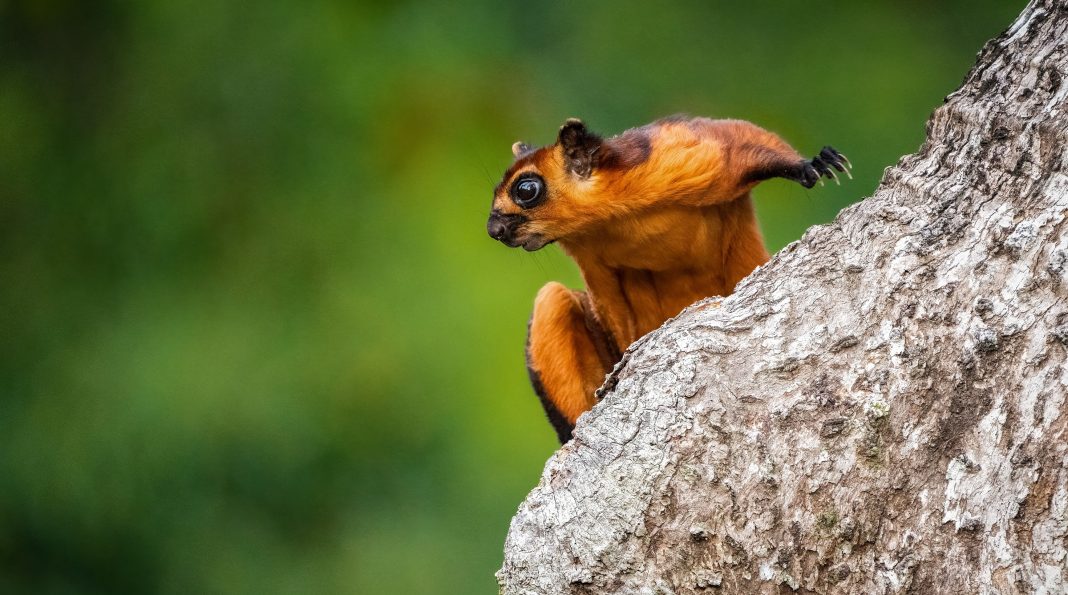LANGKAWI, 6 JUNE 2025: Mention Africa’s Big Five and images of lions and elephants come to mind. But tucked away in Malaysia’s mystical Langkawi archipelago is another set of marvels — smaller, stranger, and just as captivating.
Welcome to the world of Langkawi’s Flying Five. Here, on this island where rainforest meets reef and ancient legends float on sea mist, nature has evolved to defy gravity. On islands like Langkawi, where resources are limited, and survival often means staying off the ground, many creatures have found astonishing ways to take to the air — or, at least, glide through it. The result? A cast of five airborne residents: the Flying Fox, the Colugo, the Flying Snake, the Flying Squirrel, and the Flying Lizard.

Of the five, only one truly flies: the Flying Fox, Langkawi’s majestic fruit bat and one of the largest bats in the world. With leathery wings stretching nearly a metre across, they take to the skies each dusk from Pulau Dangli, a small island near Teluk Yu. At twilight, hundreds rise like smoke into the orange sky, gliding in search of ripe island fruits. By dawn, they return to roost — silent, upside down, and otherworldly — in their coastal tree havens.


Then there’s the Colugo, an elusive nocturnal glider that looks like something between a lemur and a hang-glider. Often clinging to tree trunks in the island’s denser jungle interiors, this gentle herbivore stretches a web of skin called a patagium—the most expansive of any gliding mammal — to coast silently from branch to branch. Its closest relatives? Not rodents, but primates. Its movements are so smooth. You’ll likely never see it unless you know what you’re looking for — a shadow melting from bark, drifting on air.
Even stranger is the Flying Snake, part of the Chrysopelea family — the only snake on earth capable of gliding. Native to Southeast Asia’s tropical forests, Langkawi’s variety flattens its ribcage mid-leap, transforming its body into a serpentine wing. The result is a graceful undulation that lets it “swim” through the canopy. Despite its acrobatics, it’s harmless to humans — though perhaps not to the frogs and lizards it stalks in the trees.

If you find yourself hiking at twilight, you might glimpse a blur that seems to levitate between trees. These are Langkawi’s Flying Squirrels — including the striking Giant Red Flying Squirrel and the pale-bellied Red-cheeked Flying Squirrel. Silent, crepuscular, and ghostly, they glide effortlessly through the dusk, often mistaken for jungle spirits. For generations, locals have whispered stories about these gliders — a blend of biology and folklore.
Finally, the smallest aerial wonder: the Flying Lizard, or Draco volans — also known as the Flying Dragon. These tiny reptiles deploy rib-extended wings, like miniature parachutes, allowing them to glide distances of up to 60 metres. Spotted most often clinging to tree trunks or zipping through gaps in the forest canopy, they descend to the ground only to lay eggs in shallow hollows, vanishing again into the treetops just as quickly.
Together, these five creatures aren’t just biological curiosities. They’re part of a living, breathing ecosystem — one that has adapted, survived, and soared, quite literally, in harmony with the island’s ancient rhythms.
Langkawi’s “Flying Five” might not roar or charge like their African counterparts. But in the stillness of its jungles and the quiet awe of those lucky enough to spot them, they offer something just as stirring: a glimpse into evolution’s most graceful answers to the challenge of survival.
For more information on Langkawi’s attractions, visit: https://naturallylangkawi.my/







